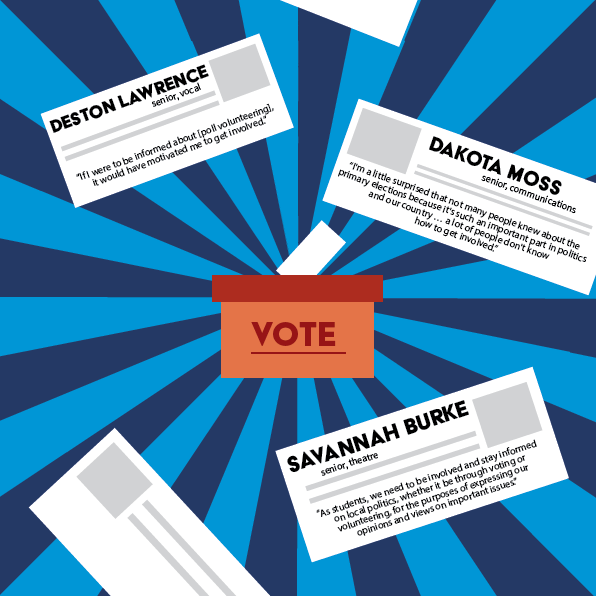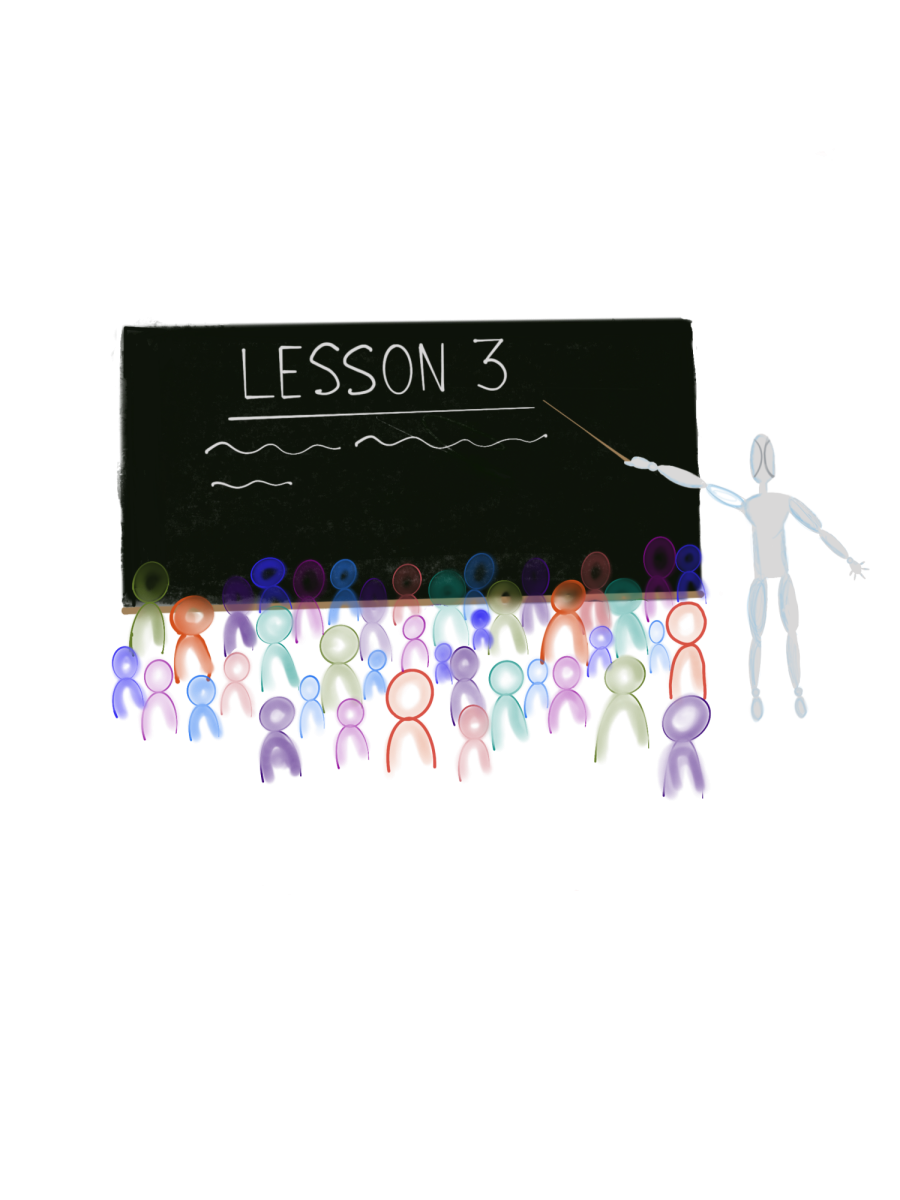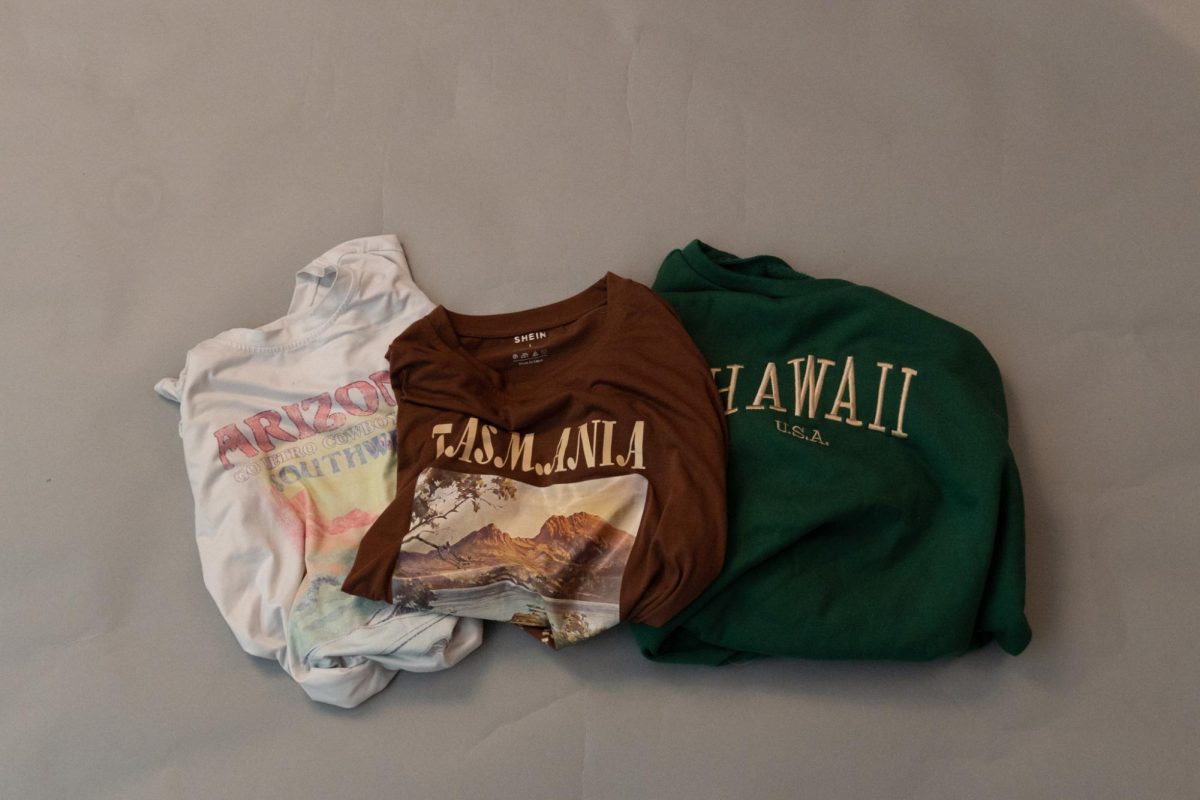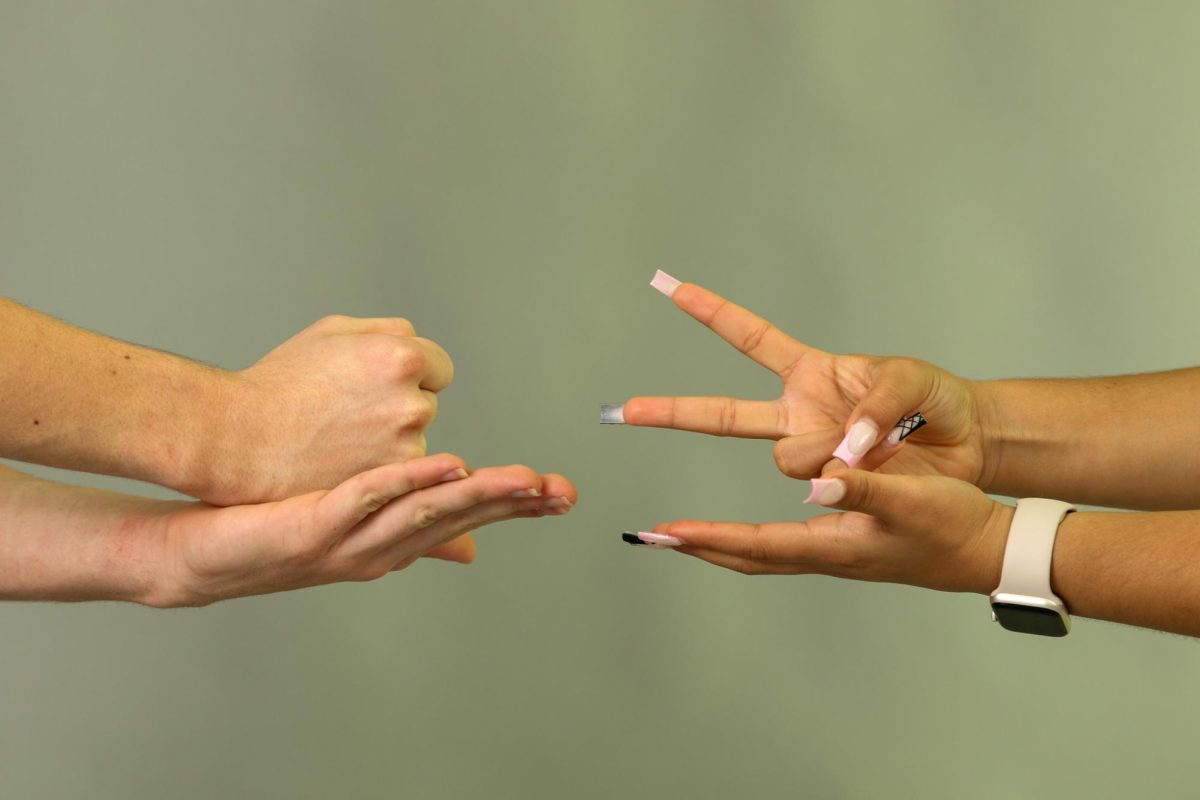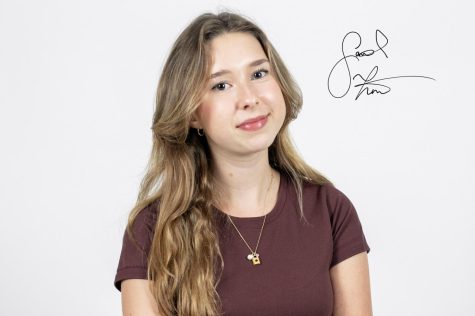As a campus with political clubs, student-led and student-organized protests, and high levels of governmental literacy in and out of the classroom, it’s reasonable to infer that our student body is politically involved. Yet, as recent data shows, we aren’t.
Out of students The Muse polled through an Instagram story posted Aug. 22, over 69% of students were unaware of their ability to volunteer at the polls on voting day if they were above the age of 16 and pre-registered. Considering that approximately half of our student body fulfills the age requirements for volunteering, a disconnect emerged when considering the lack of student involvement on voting day: a disconnect that is a direct result of our limited poll education.
Why does poll education carry so much weight? Well, for one, it’s one of the only ways students have the ability to involve themselves in politics. And as it stands right now, our campus is out of the loop.
Granted, this lack of knowledge isn’t completely to the fault of our students or staff. In fact, the only public information about poll volunteering that is made available by the Palm Beach County School District was posted almost three months ago, merely stating that “students can earn money by signing up to become student poll workers,” and prompting those interested to “visit votepalmbeach.gov for more information.”
It’s clear to see that the district’s explanation is lacking. In fact, its vague and limited format hindered students from taking full advantage of the opportunity to learn more about poll volunteering and how to get involved. By relying on such little information, it is difficult for students to register and apply, which has led to low numbers of student poll workers this year.
So let’s get into a little poll education: the breakdown of what you should know.
Poll volunteering is an incredibly beneficial and hands-on volunteering opportunity that provides students with real-world experience regarding work in government and the elective process. The NCBI finds that youth participation in community service activities such as poll volunteering “can raise social and political awareness among adolescents, foster their commitment to moral principles, cultivate … civic skills, (and) improve their sense of political efficacy.”
However, poll volunteering is also an opportunity that has become critically under-attended and unknown to our student body. This lack of involvement has more of an impact, as the United Nations explains that “the participation of young people in formal, institutional political processes is relatively low when compared to older citizens across the globe,” and this low involvement “challenges the representativeness of the political system and leads to the disenfranchisement of young people.” As students, and as the next generation of leaders in our country, it is imperative to educate ourselves on our government and our country and gain experience through means like poll volunteering.
It’s an initiative that must be furthered through the help of our teachers and the school district. Publishing the specific requirements and guidelines for poll volunteering to the district’s original webpage will provide students with more information to get involved. Schoolwide, administrators can distribute information about poll volunteering in ways similar to other schoolwide opportunities: sending out flyers, publishing the district’s updated information to the school website, or spreading information using platforms like the morning announcements are all effective ways to inform students.
The bottom line is we need to improve our education from the status quo. Any increase in our effort to learn more is a step away from passive participation, to that of active learning and involvement. It’s a step in the right direction.























































